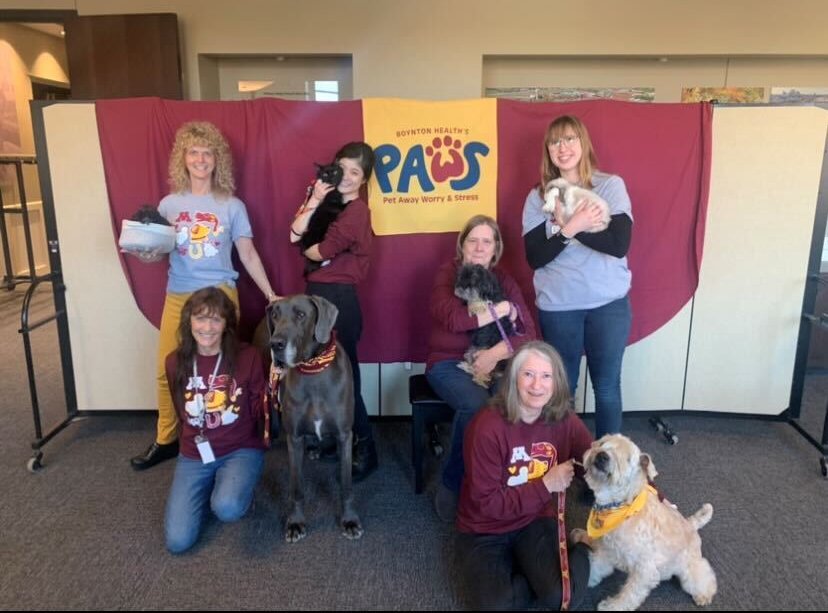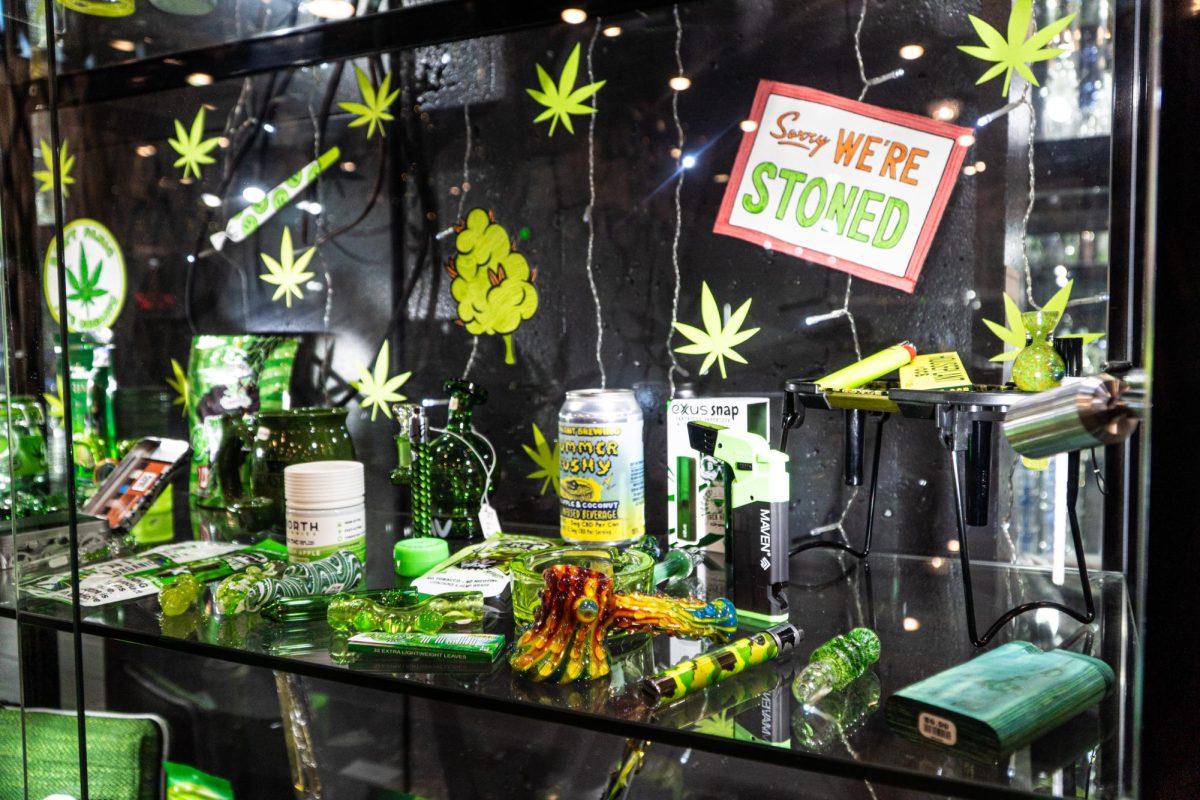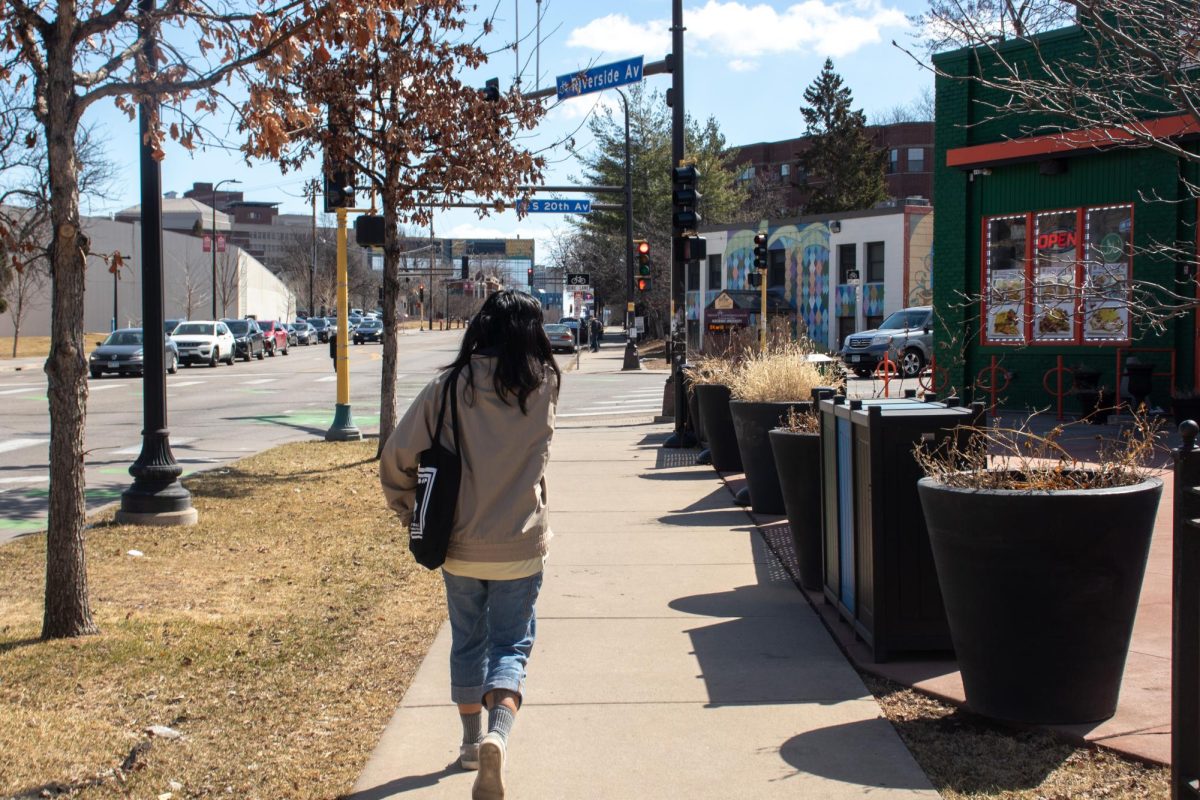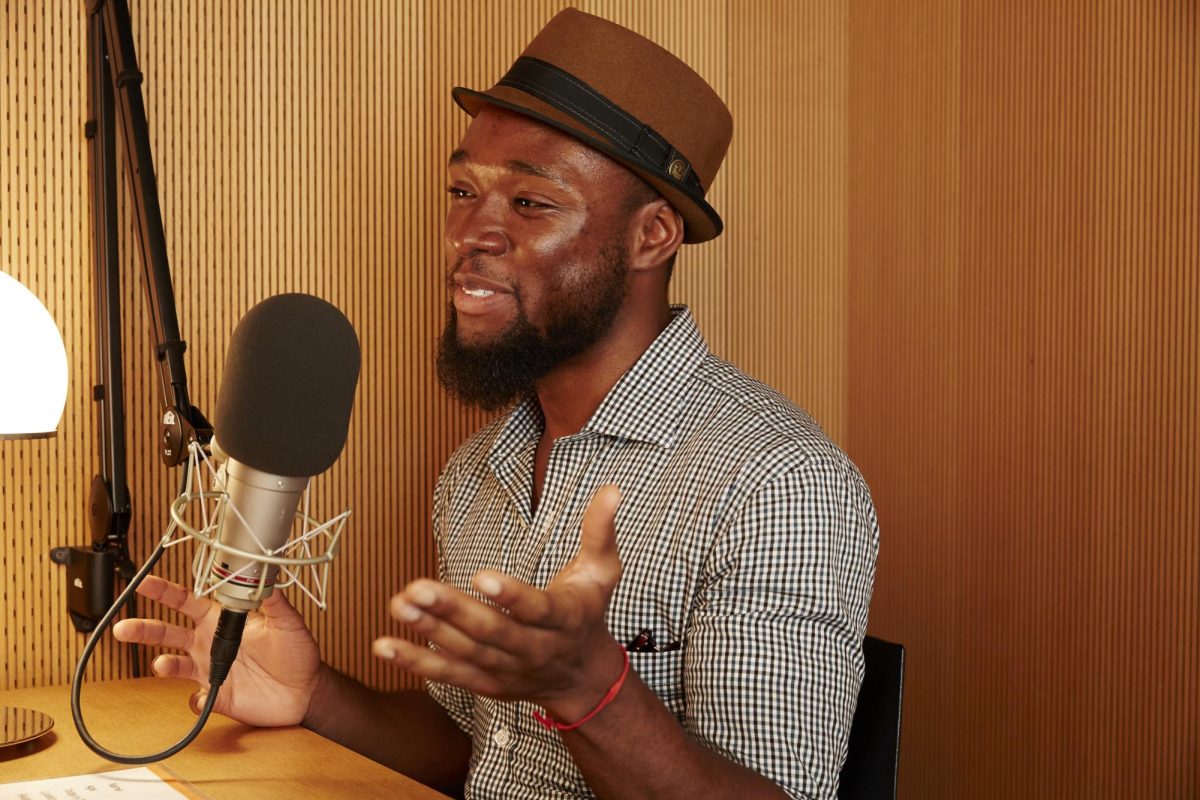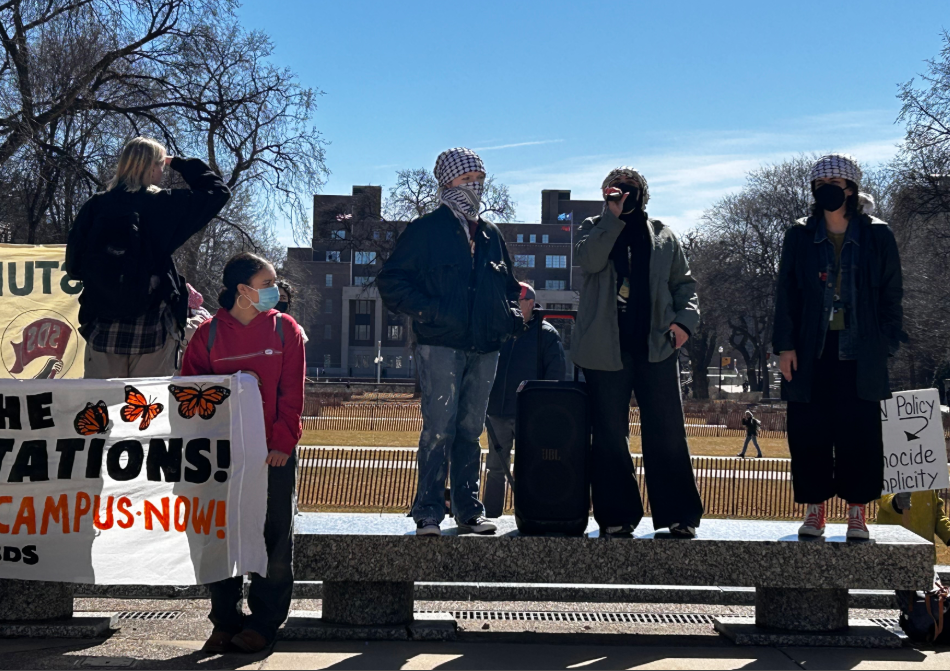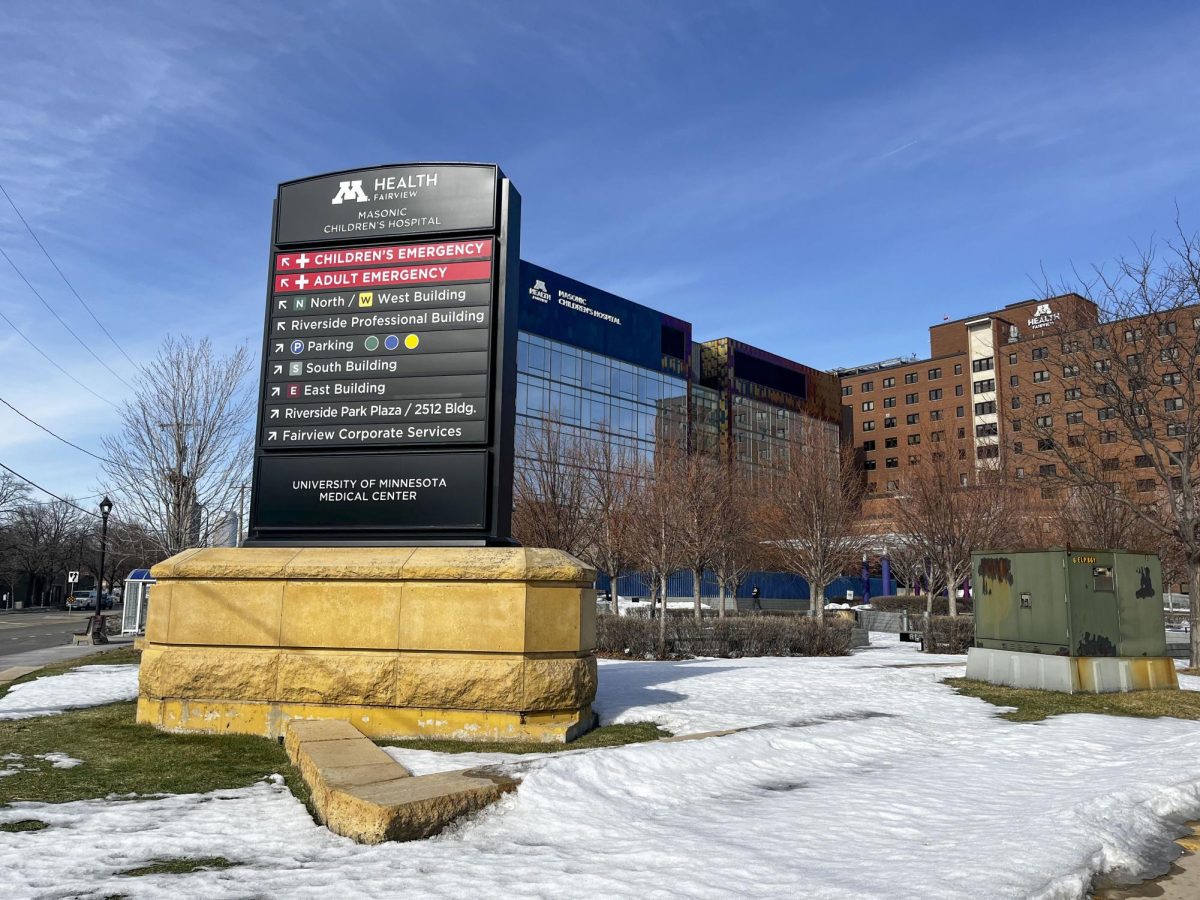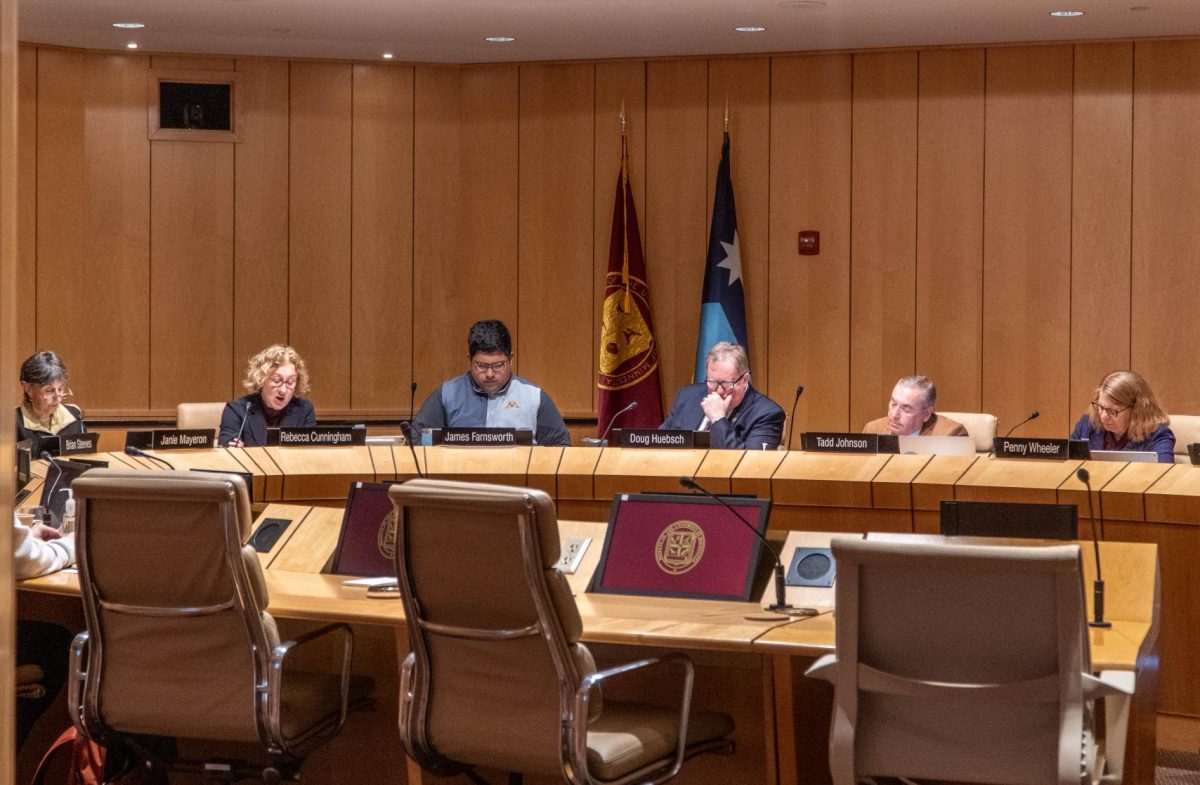Sitting with her therapy chicken, Woodstock, Tanya Bailey, Boynton Health’s Pet Away Worry and Stress (PAWS) program manager and animal-assisted interactions coordinator, said she was not sure what to expect in the moments before she opened the doors of a small conference room in Boynton Health for the first day of Boynton Health’s PAWS program in November 2013.
On the first day, she did not expect 403 students to pack into the room throughout two hours to meet Woodstock and the three dogs that were there. Bailey returned home and knew the experience needed immediate improvements.
“The purpose is to have an opportunity for people to come and connect with animals to help support their well-being,” Bailey said. “My job has always been balancing quality and quantity, and the quantity of 403 people coming in one small room with four animals was not quality.”
By adding more sessions in different locations, Bailey quickly found a balance to ensure the program became a mental health resource for all who wanted to participate.
Almost 10 years after its first session, PAWS now runs four times per week across five campus locations. The program has featured seven different kinds of trained therapy animals including cats, rabbits, guinea pigs, fancy rats and miniature horses.
Bailey said hosting weekly PAWS sessions on East Bank, West Bank and St. Paul has added accessibility and comfort to the program for students.
“What I love is that all the locations have their own vibe. Students will say to me, ‘Do you have a location that isn’t as energetic as here?’” Bailey said. “I’m really grateful that I can say, ‘Yeah, we do.’”
During the fall 2022 semester, an average of about 100 people attended each of the 56 sessions. Bailey said those numbers have remained consistent throughout the years, except during the COVID-19 pandemic, when PAWS was virtual.
However, the success of PAWS has stretched beyond high attendance. Bailey said PAWS has become a place where students can establish strong bonds with the animals and each other.
“They don’t really need to talk to a person if they don’t want to, but then they’re surrounded by all kinds of people who are there for the same reason,” Bailey said. “They’ll sit with each other, and the beautiful thing about this is that they get to know each other and they end up being each other’s support.”
PAWS’ Beginnings
Before PAWS, Bailey worked as a therapist and regularly used animal-assisted interactions as part of her practice.
A decade ago, she got a call from Gary Christenson, the former chief medical officer of Boynton Health. He asked her to bring animals to Coffman Union for an event called Cirque De-Stress, which provided information in one place on several lesser-known mental health resources for students.
At the first of four Cirque De-Stress events, Christenson noticed Bailey’s animals were the biggest attraction among students out of all the resources at the event.
“You could just see people kind of lighting up and really interacting,” Christenson said. “I approached her and said, ‘You know, we’ve got to do this regularly.’”
Christenson brought the proposal to his director and within months, he and Bailey were working together on creating PAWS.
“Other campuses were doing this, but it was just during midterms and during finals, or there were a couple places that were experimenting with having a therapy dog for their mental health clinic,” Christenson said. “We wanted multiple people you could meet with and do it on a weekly basis.”
Bailey said she had a roster of people who did community volunteering with trained animals, which is how she got human-animal teams for the program. She said PAWS had 45 teams volunteer in its first year and has consistently had between 75-100 teams since.
Some of PAWS’ longest standing teams
Nan Brown and her terrier, Crosby, began as a team at PAWS in its first year and continue to volunteer. Brown said when she crosses the Washington Avenue Bridge, Crosby gets excited because he knows where they are heading.
Brown said Crosby immediately recognizes students that visit him frequently and seeing those bonds form is heartwarming. She said the students that visit give back to her and Crosby just as much as the two of them give to the students through PAWS.
“There’s such a huge need in our society for a place where you can just come and be yourself,” Brown said. “Here, you don’t have to answer any questions, you don’t have to write a paper — it’s just friendship.”
Wayne Halverson has also been involved in PAWS since its first year. He has brought two dogs to the program and is currently working on getting his third dog through the required training to participate. He said being able to share his dogs with people has been a “blessing.”
“It’s been a great program for me,” Halverson said. “I can’t remember bad days and this has been my relief to come here.”
Some bonds formed at PAWS extend outside of the program’s sessions, according to Halverson. He said there is one student he met at PAWS who now feels like family to him.
“My wife and I remain in contact with her,” Halverson said. “As our relationship moved on forward, she talked about things she didn’t feel comfortable talking about to other people. She’s a child we didn’t have.”
Halverson said he credits Bailey for being the glue that made PAWS one of the most rewarding programs he is a part of.
Outside of its regular sessions, PAWS animals have attended many special University events over the past decade, including President Joan Gabel’s inauguration.
Now, with its 10-year anniversary on the horizon this upcoming fall, Bailey said she hopes PAWS can have a special event of its own to celebrate.
“In an ideal world, I’d want to bring everybody on to campus that has ever been a part of this,” Bailey said. “It’s not because of me that this program is having a 10th anniversary, it’s because of everybody who has been a part of this. So many people are invested and want to help students.”


